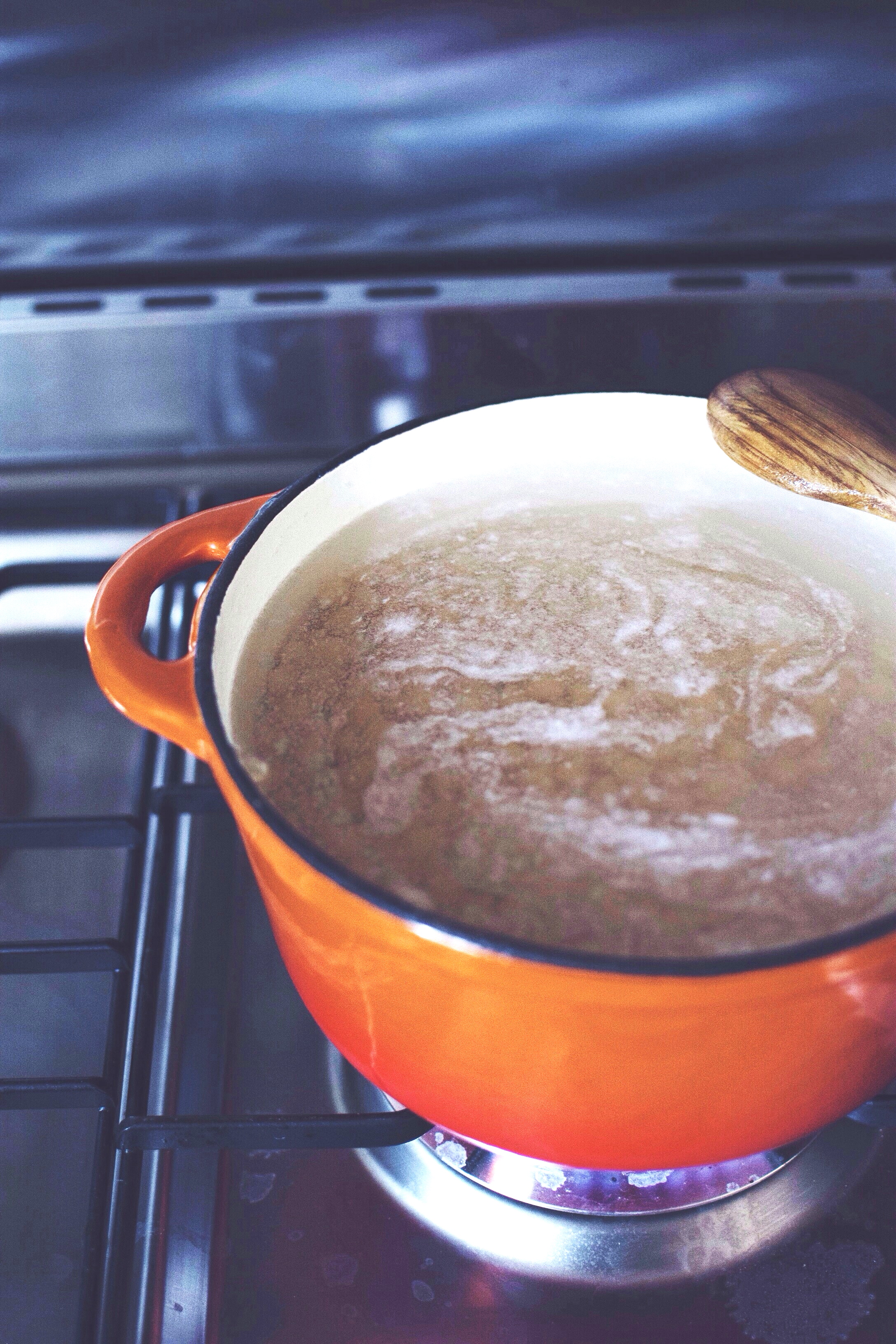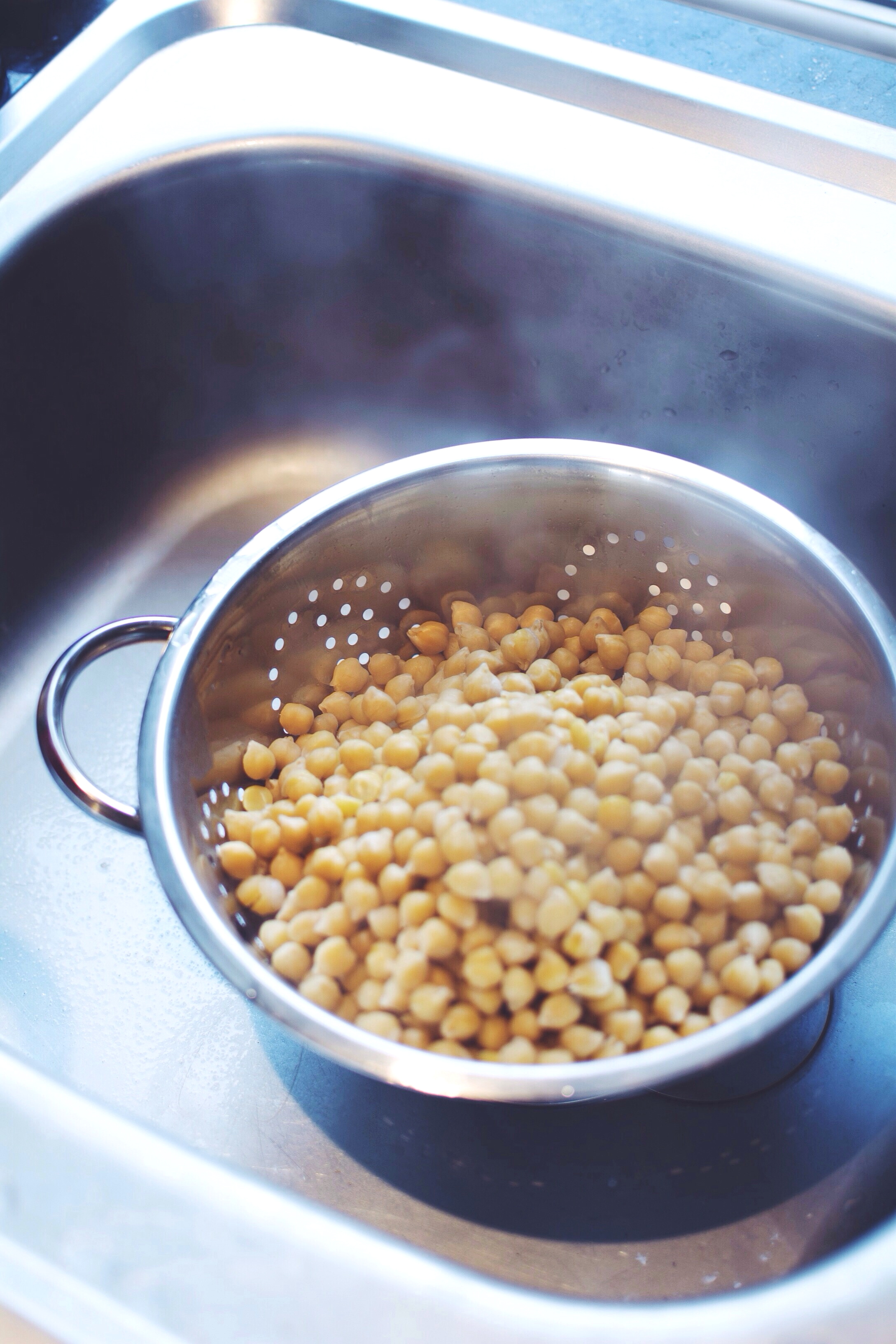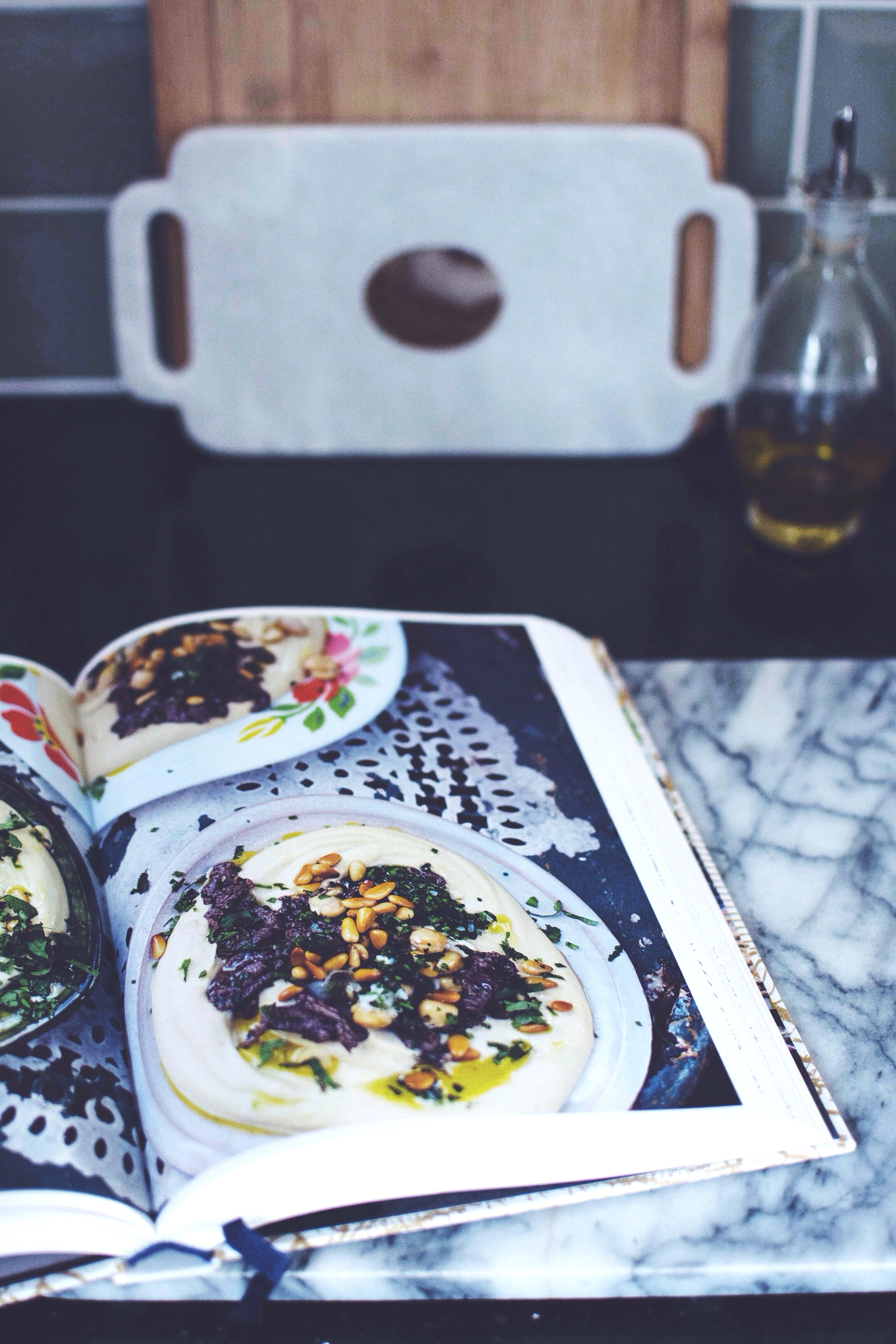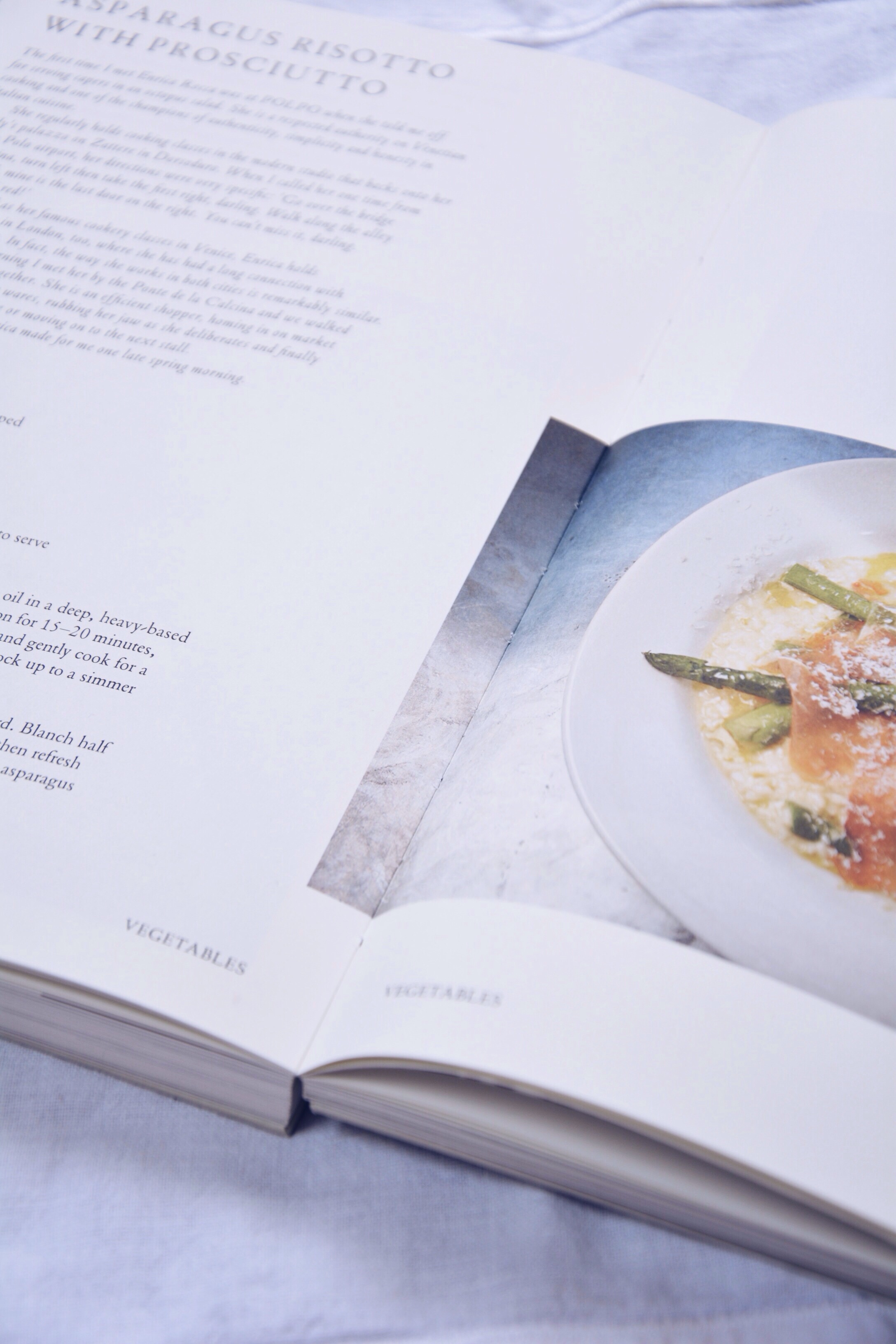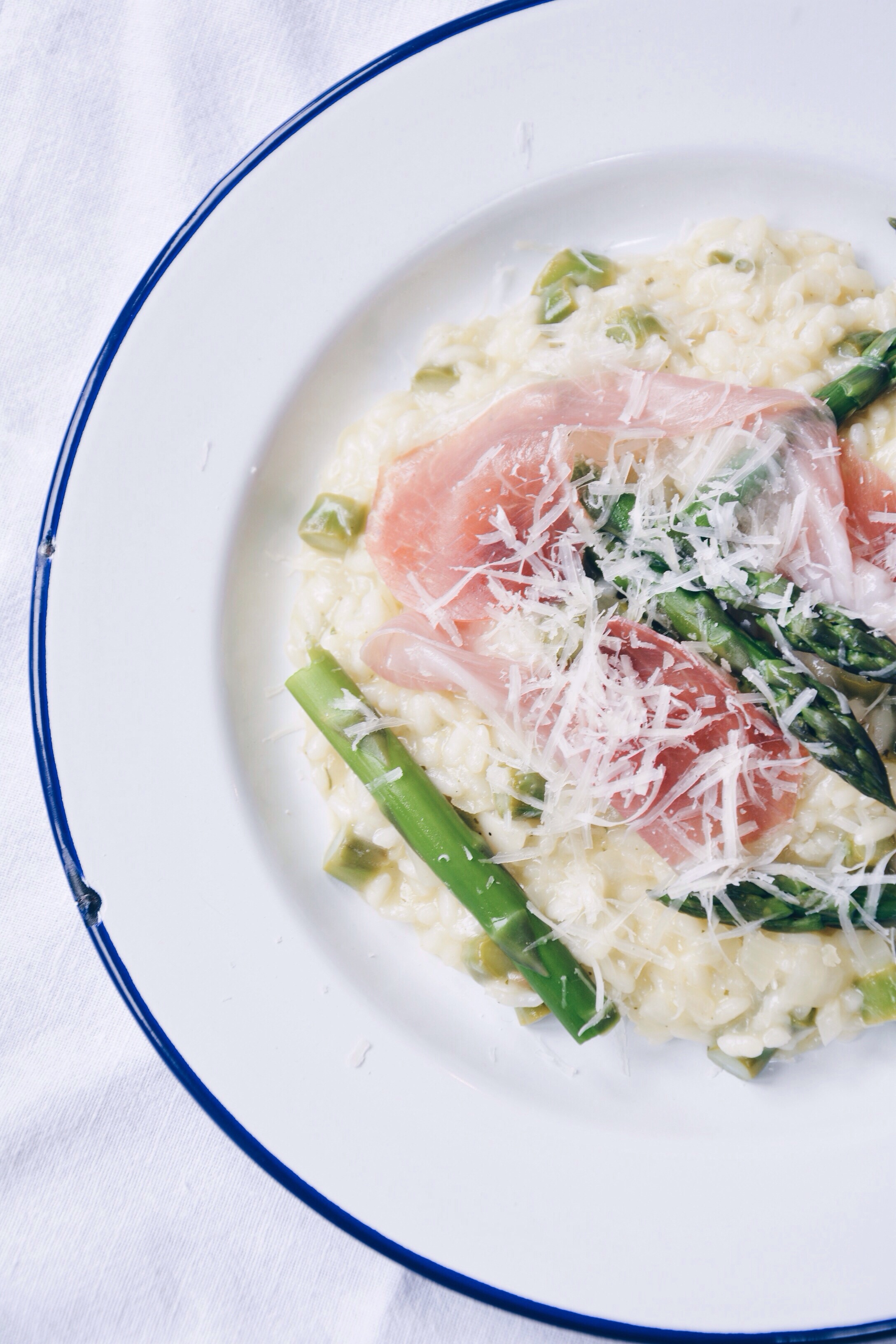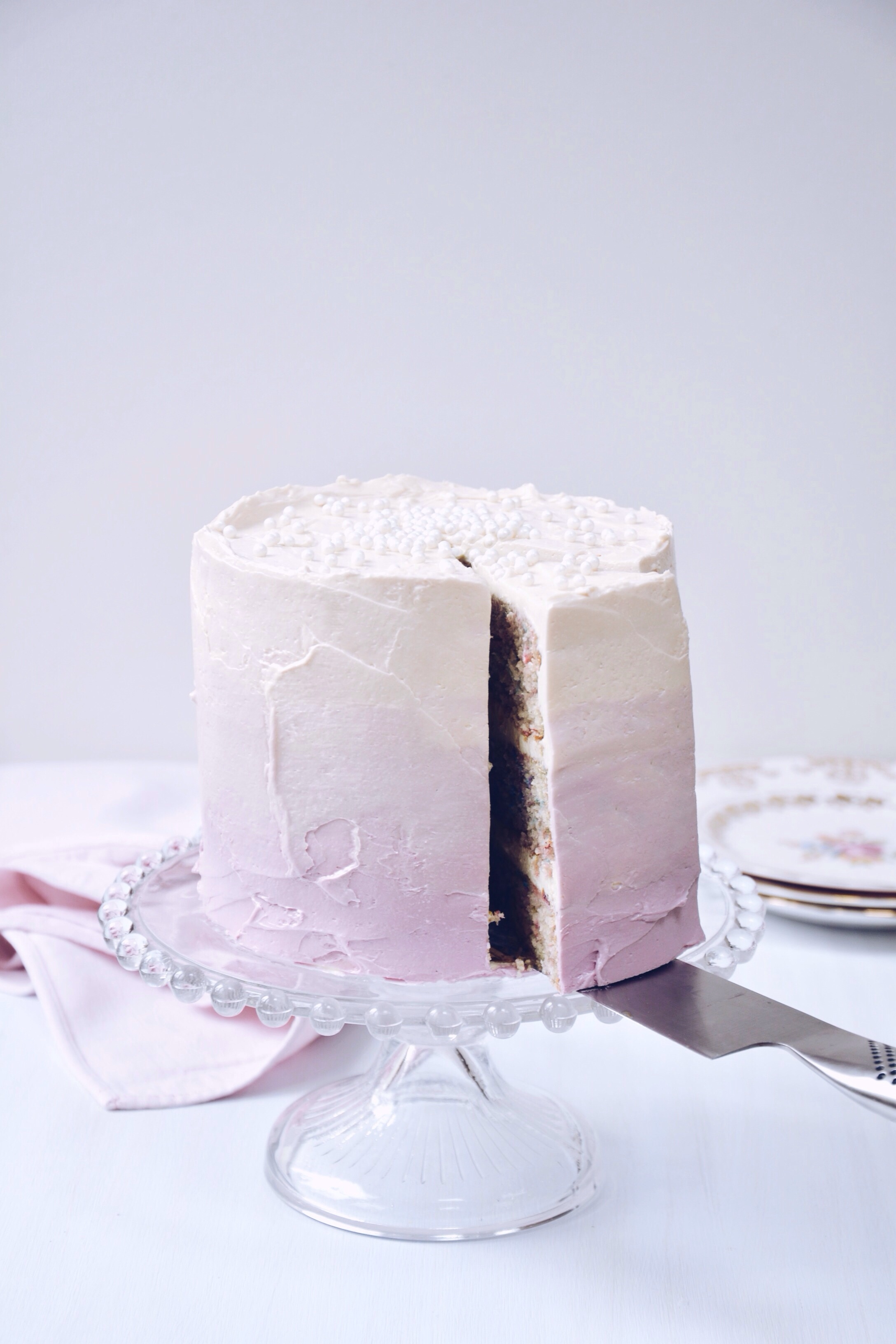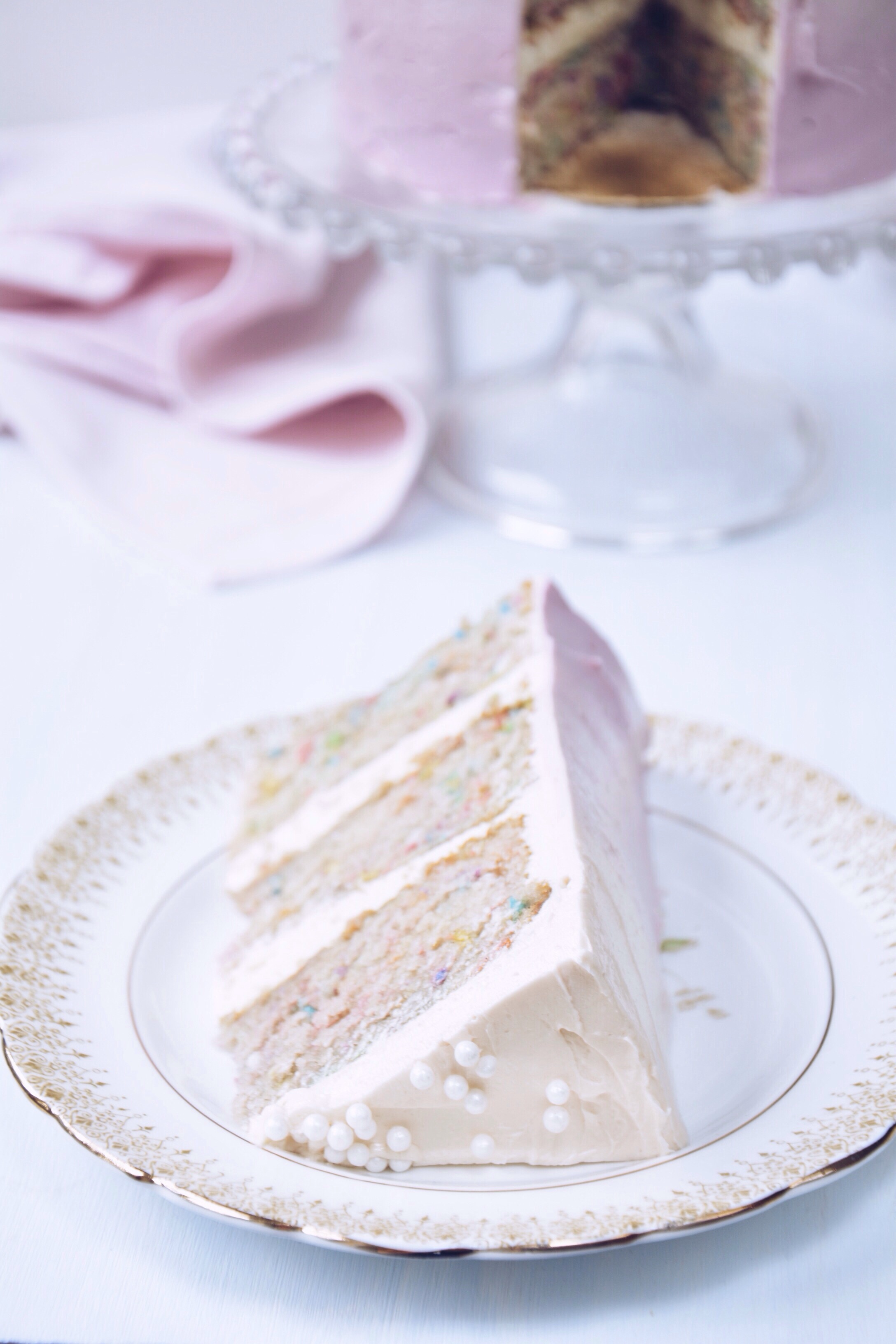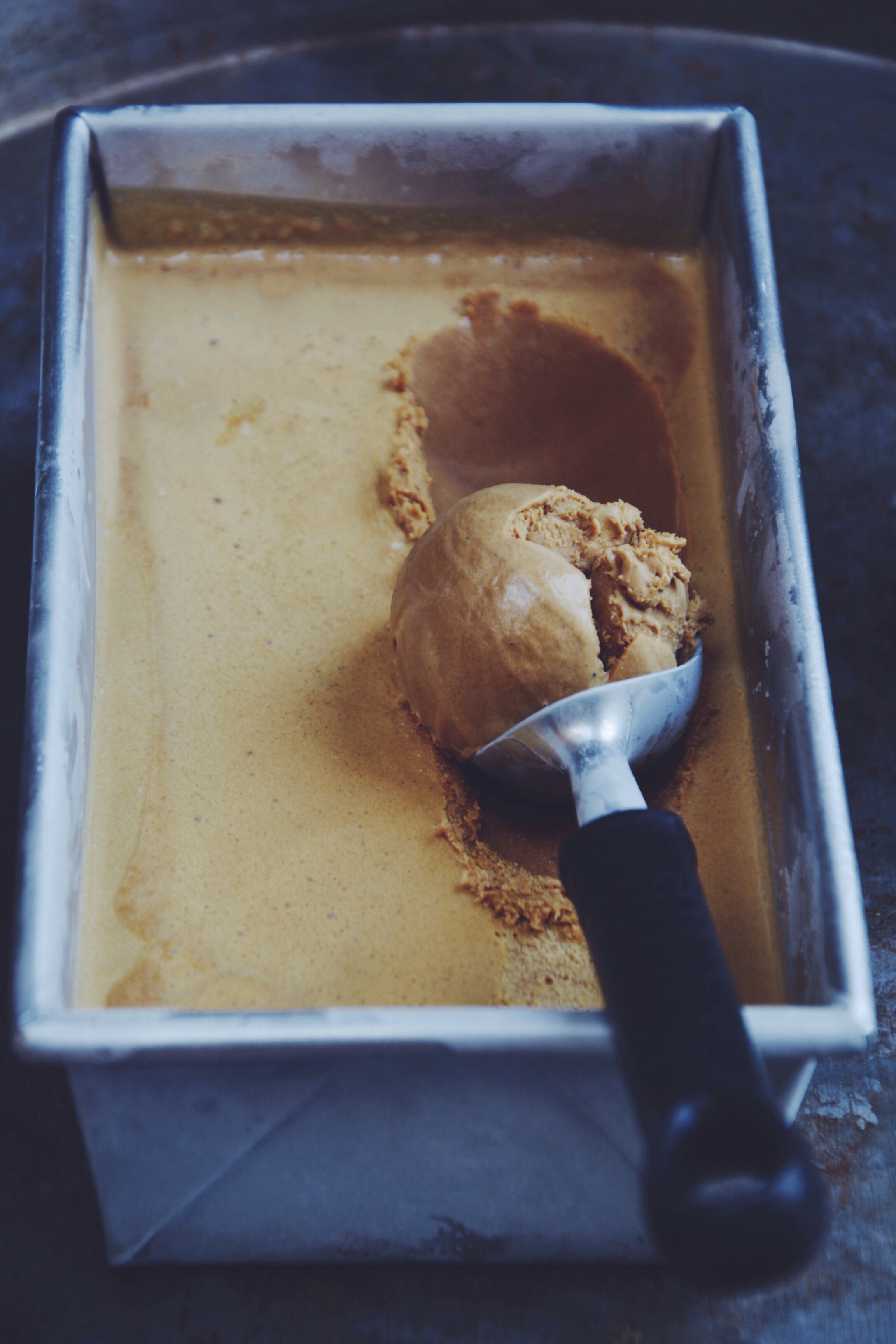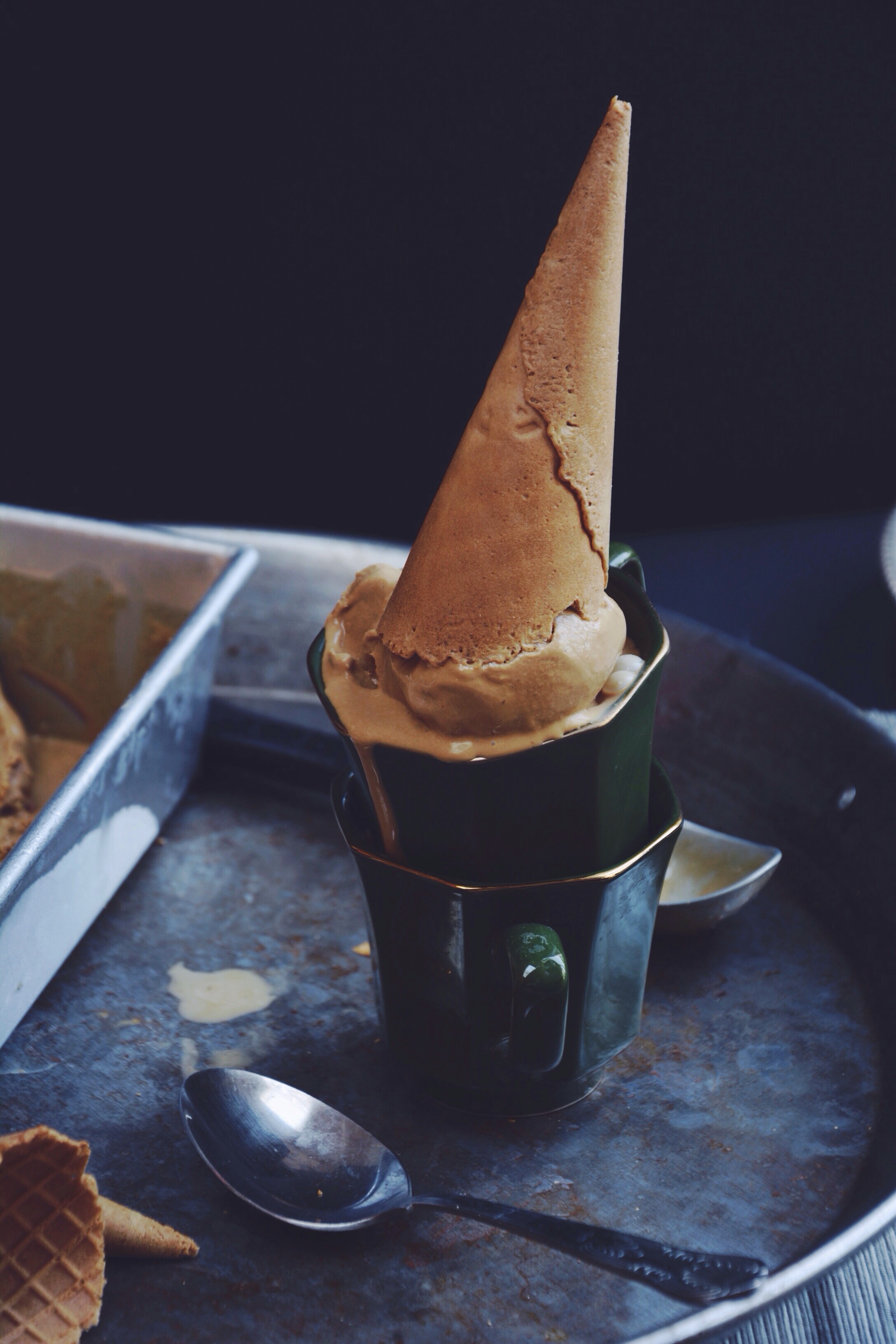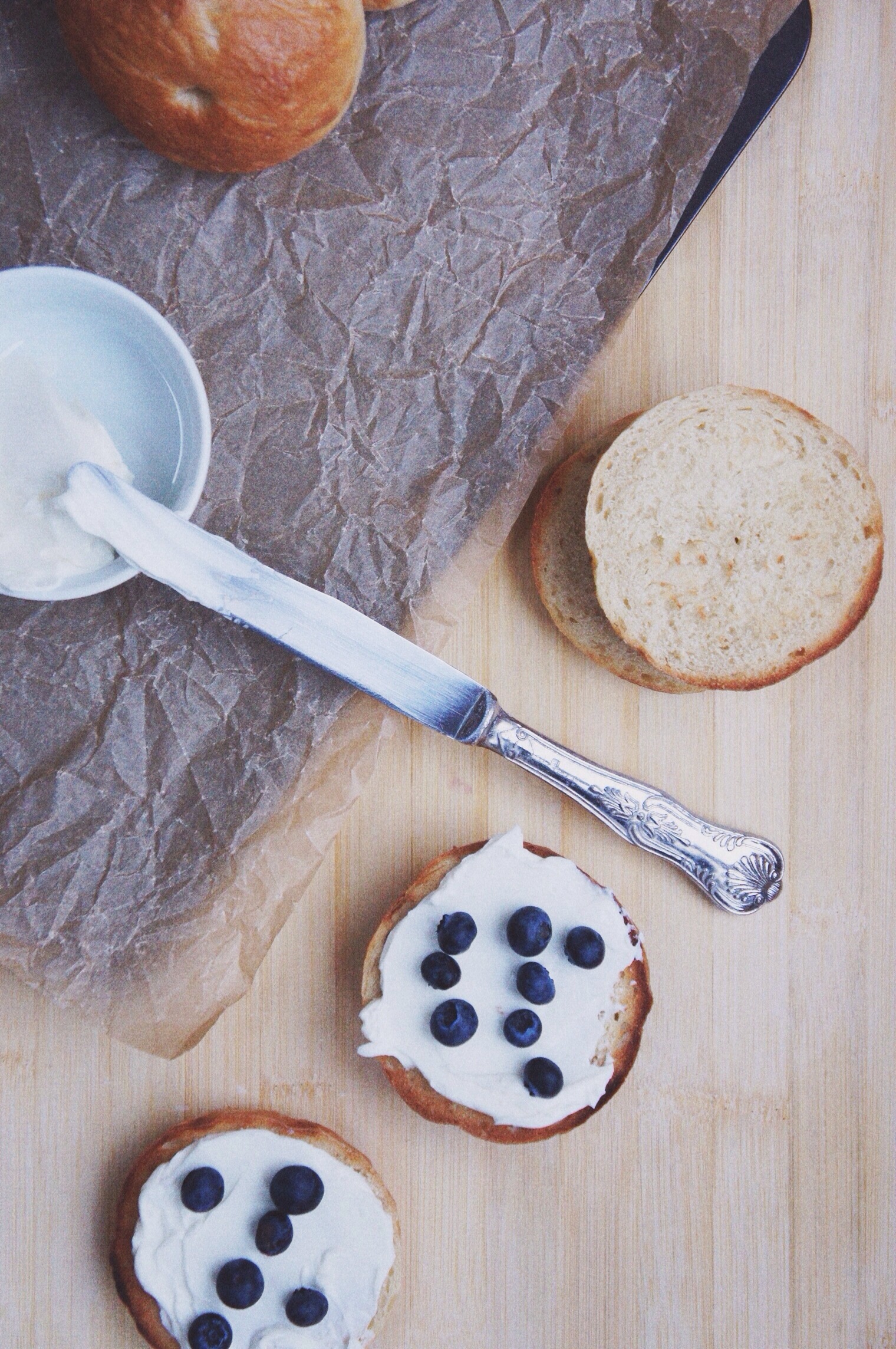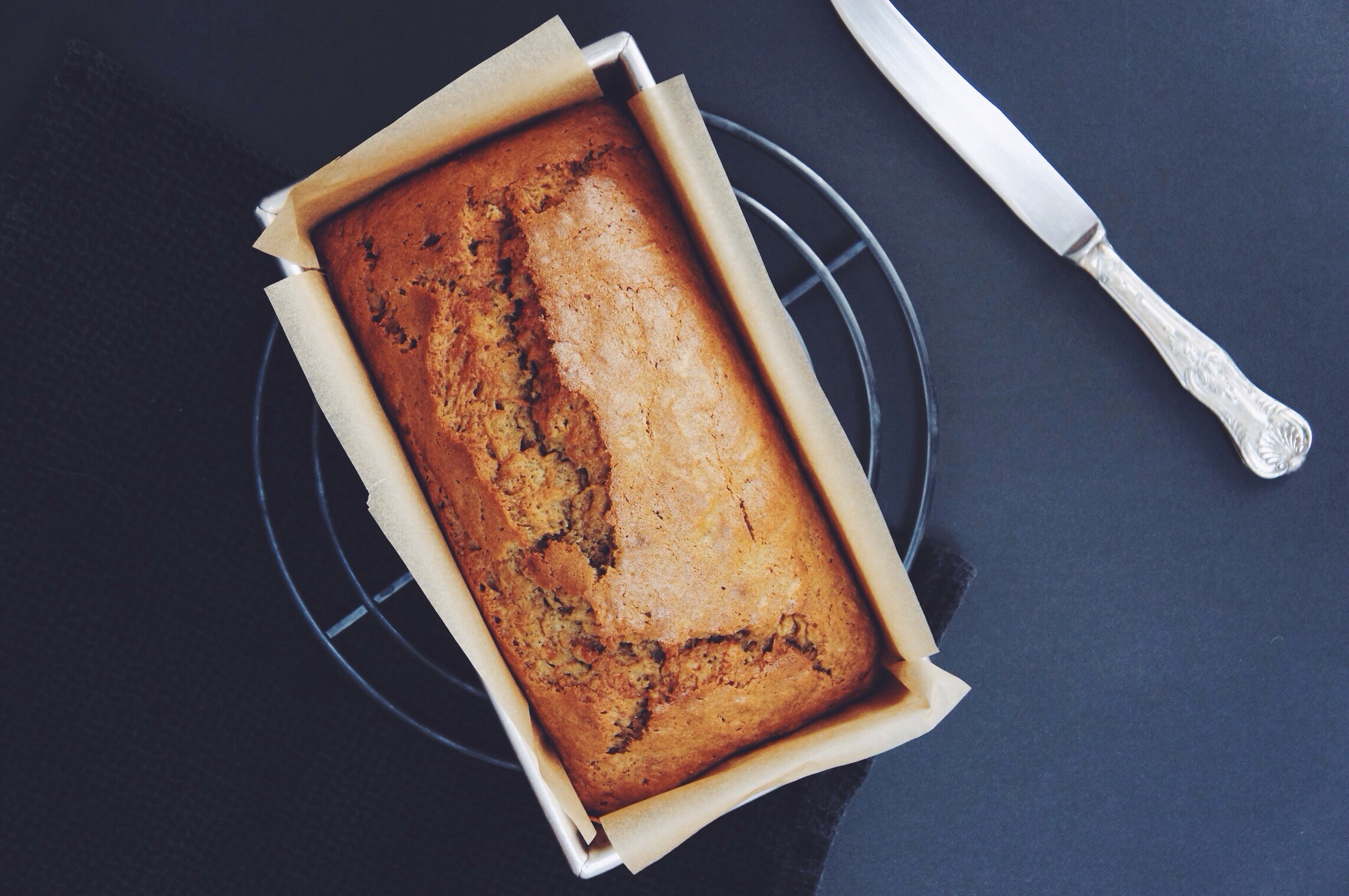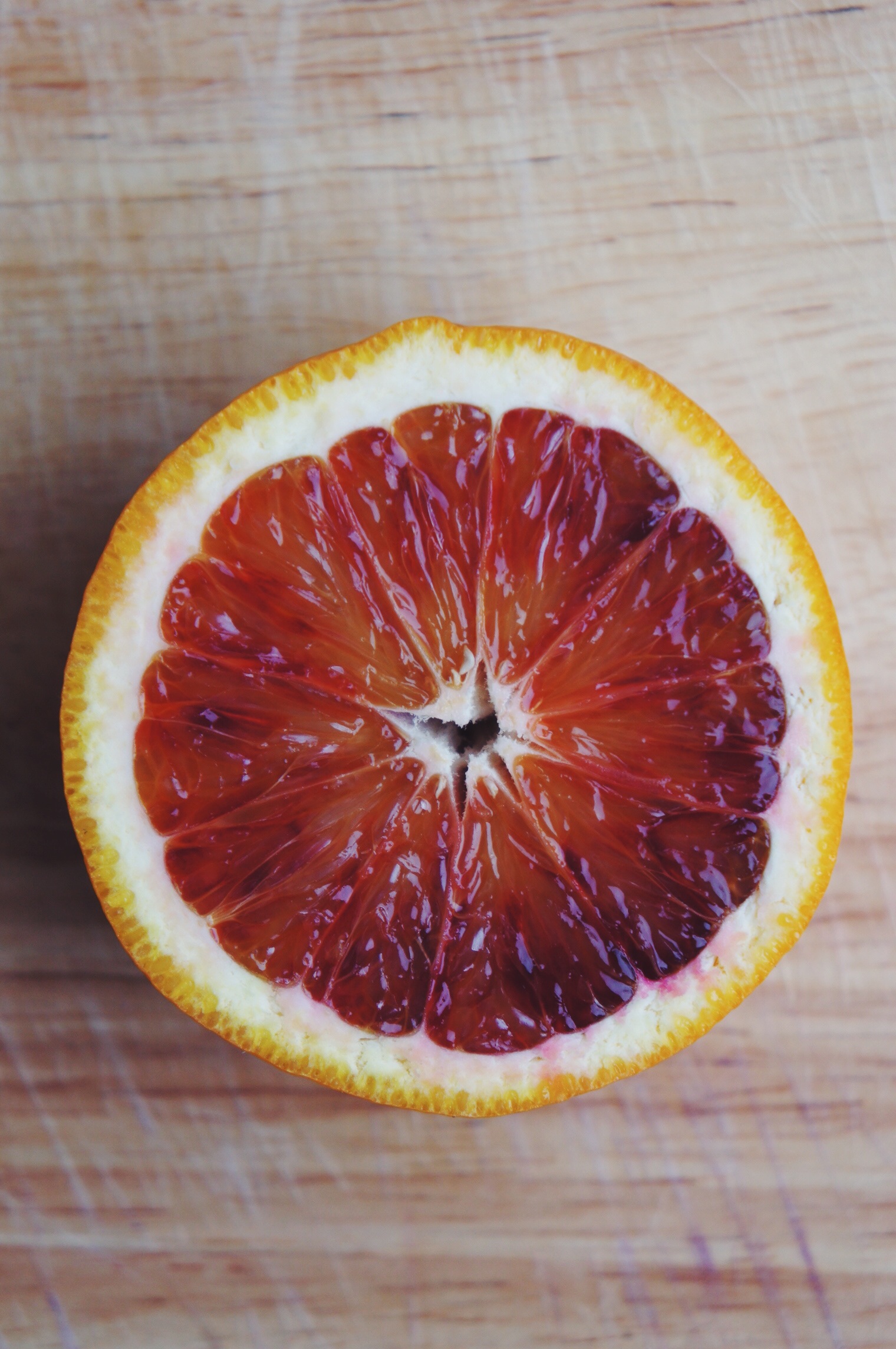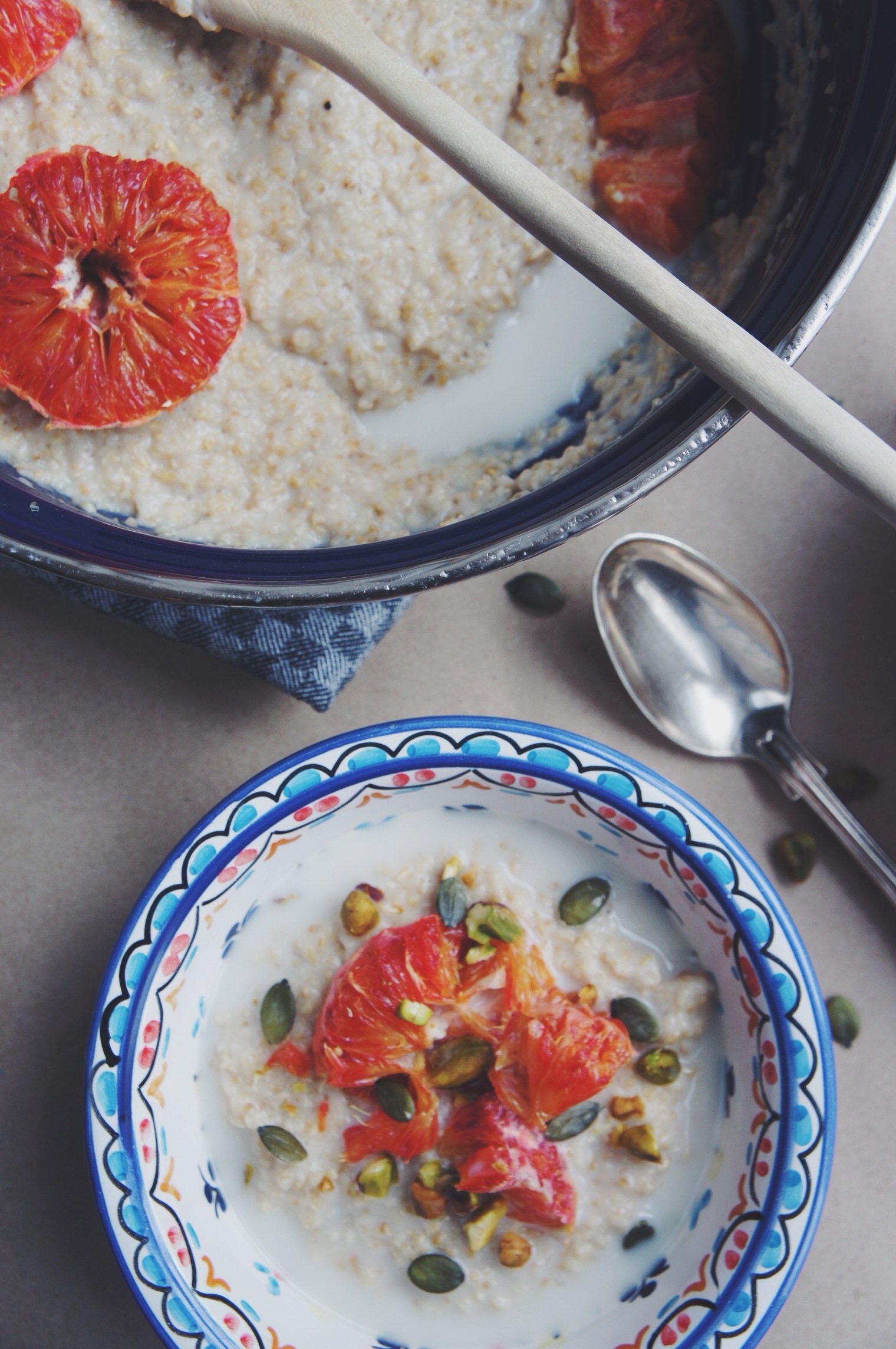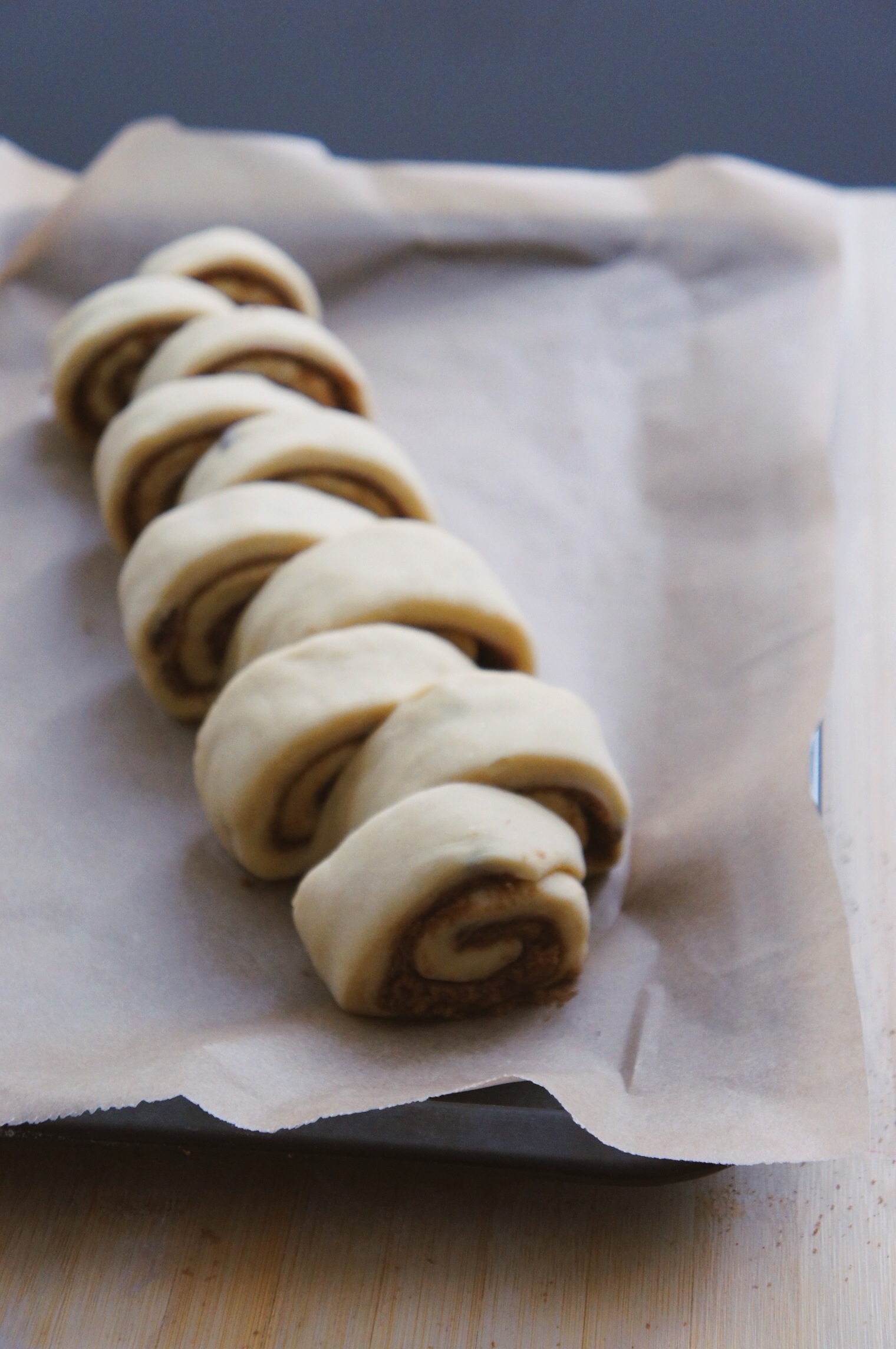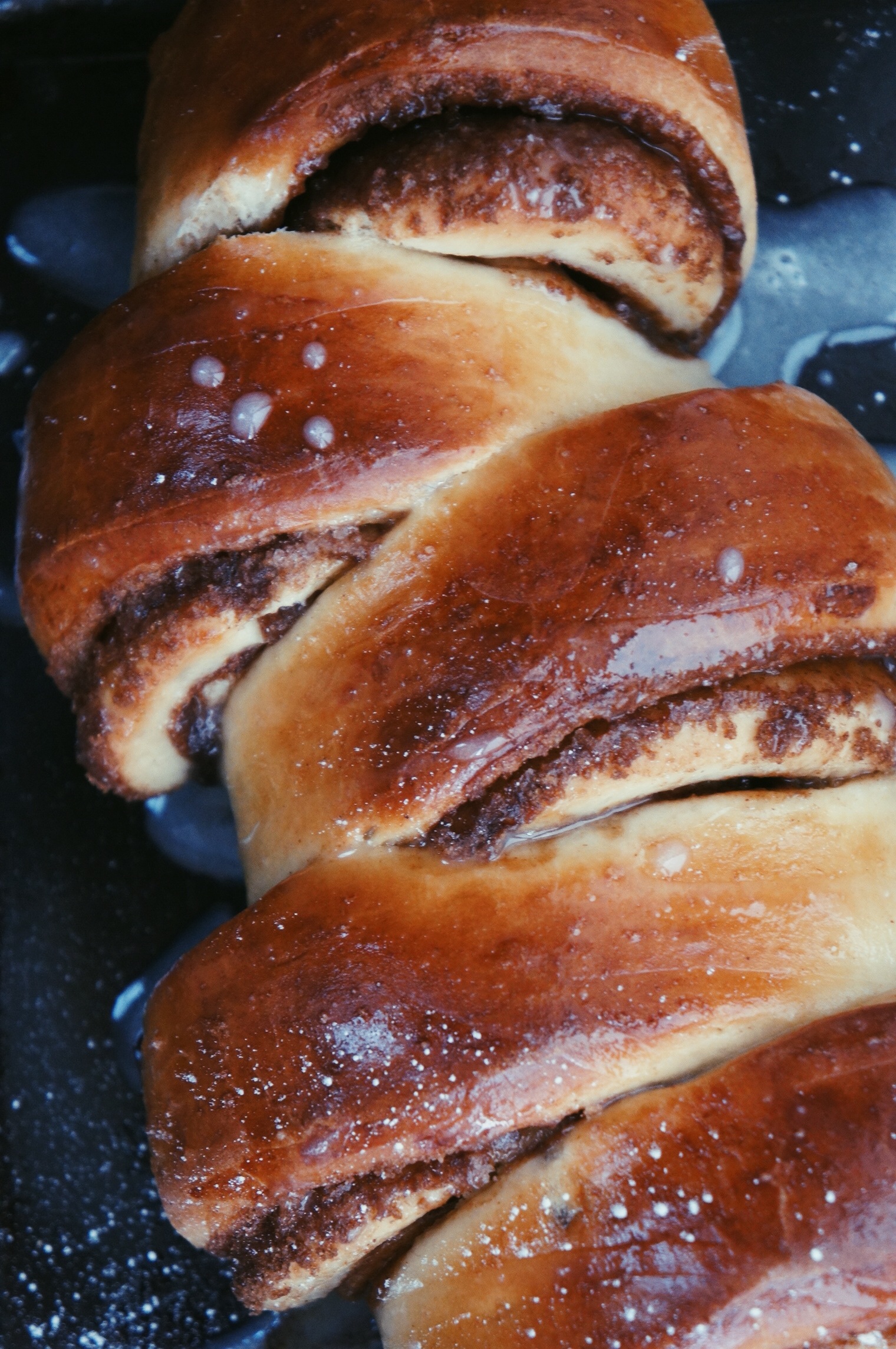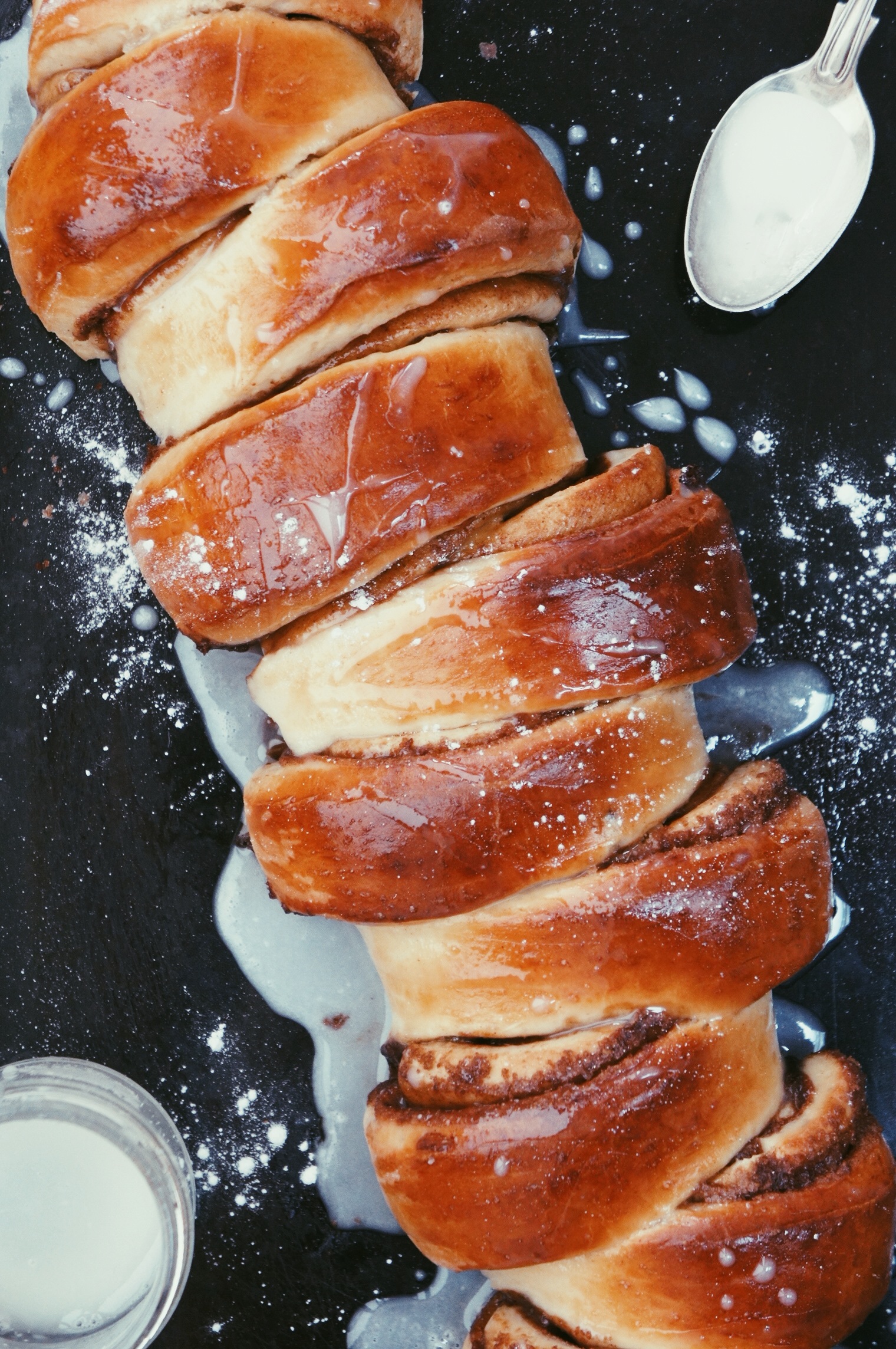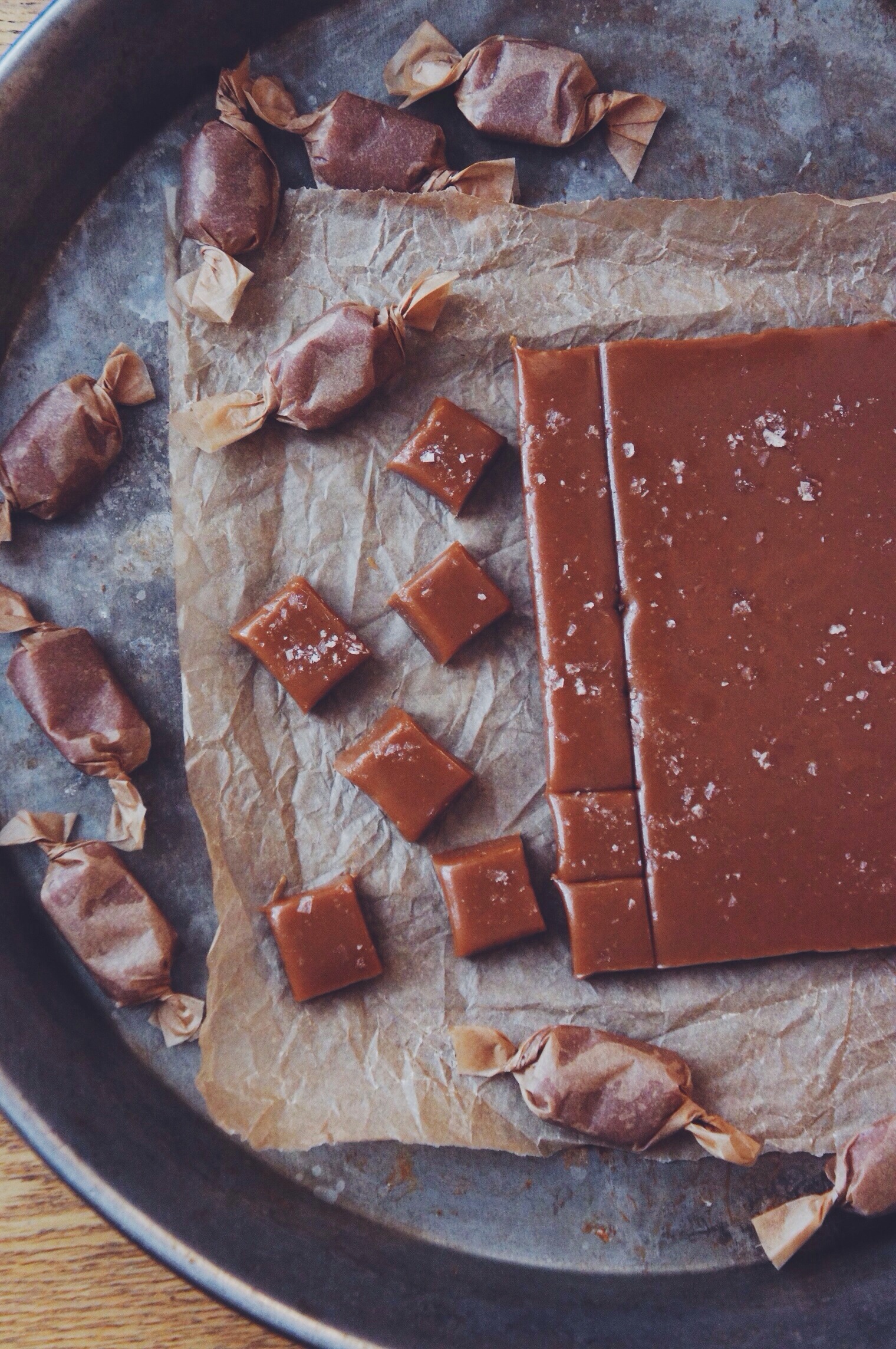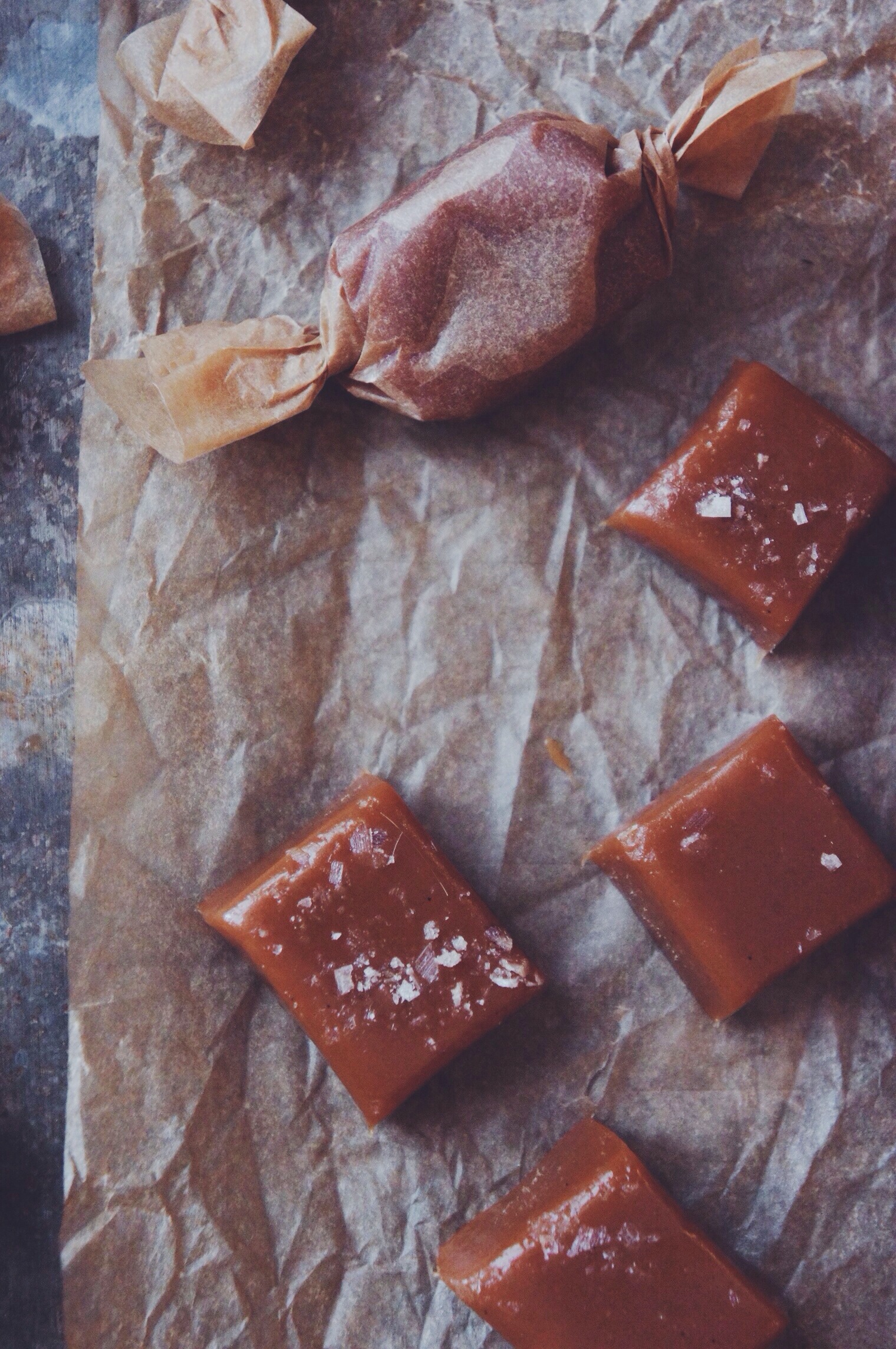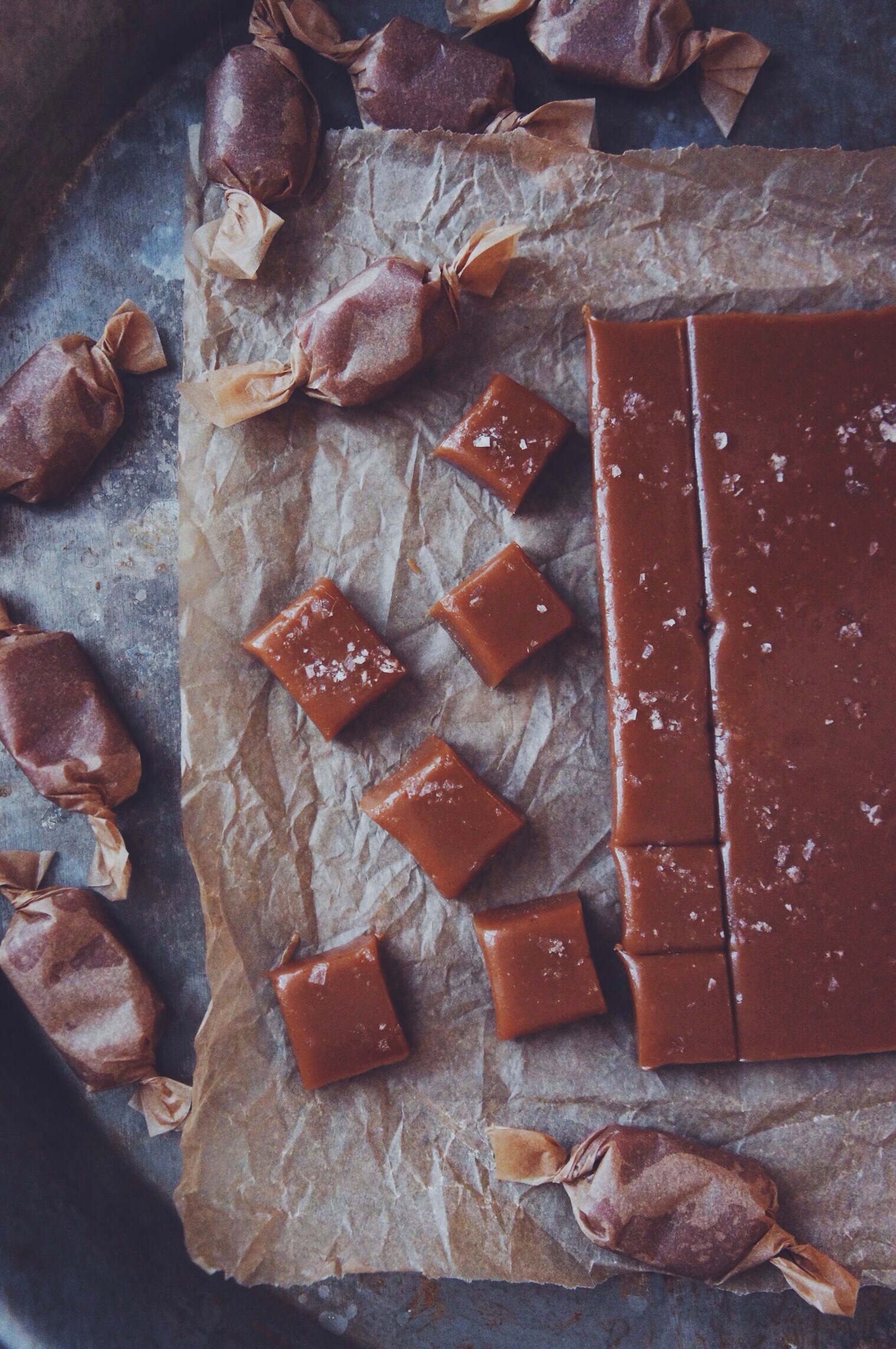I’ve been thinking a lot about family history lately, where it all began and how I came about being on this earth. Brace yourself, I'm about to go deep.
On my mother’s side it’s relatively straight-forward; our ancestors travelled from England to North America on the Mayflower, my grandpa was in the Navy, they settled in North Toronto. Thanks to a cousin taking an interest in our ancestry I’ve also discovered a bit more. For instance I have Dutch blood (in addition to the English, Irish, Scottish, French, German etc.) and it turns out I am a very distant relative to Clement Clarke Moore (that guy who wrote Twas The Night Before Christmas). I also know having looked through old photographs, that the family genes are remarkably strong – my younger brother is a clone of our grandpa, I resemble many of the women in our family, and my older brother has the family forehead, or so I’m told.
Despite being far closer to my dad’s side of the family, I can’t say I know as much about them. Knowing them (grandparents, cousins, uncles, aunts) isn’t the problem, it’s our broken history that is. Like all Armenians my family originate from Turkey, and when it became clear that they would have to leave or face ‘deportation’, they conceded and with that left and lost everything they had. My great-grandpa wrote a book about his experience of the genocide, in it listing the names of our family who perished; tragically only a handful made it to Ethiopia.
I know that from Ethiopia they moved to Cyprus where my dad was born, and as such where a lot of my inherited culture comes from (my father is a Cypriot of Armenian descent, as he likes to say). But what I’d like to know is what it had been like back in Turkey before they were forced to leave and start again. I want to know where they lived, how they’d drink their coffee and what music they’d listen to. Did they eat Armenian food or was there more Turkish influence? Did they stuff lahmajun with salad or roll it with lemon juice? Did they eat Çilbir for breakfast?
It’s just one of those things that I’ll probably never know. Either way, I’m going to continue enjoying these Turkish eggs for breakfast and imagine that my family once did too.
Turkish Eggs [Çilbir]
Serves 2
Ingredients
2 or 4 eggs, depending on how many you’d like
250g Greek or thick strained yoghurt
30g unsalted butter
2 teaspoons smoked paprika
Sumac
2 wholemeal pittas, toasted
Method
- Divide the yoghurt between two bowls.
- Melt the butter on a medium heat until it starts to sizzle. Take it off the heat and whisk in the paprika. Set aside.
- Poach the eggs in simmering water. Add a splash of white wine vinegar to boiling water, reduce to a simmer and slip the eggs in one at a time. Poach for 3-4 minutes for a runny yolk.
- Remove the poached eggs using a slotted spoon and place on top of the yoghurt. Add a dash of sumac and drizzle with the chilli butter.
- Serve with toasted pitta.

![Turkish Eggs [Çilbir] | Thyme & Honey](https://images.squarespace-cdn.com/content/v1/551151a5e4b0e379eb830046/1428400912955-WG1GKJFM7MMBQ83WCQMT/teggs1.jpg)
![Turkish Eggs [Çilbir] | Thyme & Honey](https://images.squarespace-cdn.com/content/v1/551151a5e4b0e379eb830046/1428400918378-O9RHCAU5C274FXSTK1P8/teggs2.jpg)
![Turkish Eggs [Çilbir] | Thyme & Honey](https://images.squarespace-cdn.com/content/v1/551151a5e4b0e379eb830046/1428400995740-QW9V6H42MTHU6J3TJKDR/Turkish+Eggs+%5B%C3%87ilbir%5D+%7C+Thyme+%26+Honey)
![Turkish Eggs [Çilbir] | Thyme & Honey](https://images.squarespace-cdn.com/content/v1/551151a5e4b0e379eb830046/1428401038696-T4CZIQLBT7F5Z7H3DW97/teggs4.jpg)
![Turkish Eggs [Çilbir] | Thyme & Honey](https://images.squarespace-cdn.com/content/v1/551151a5e4b0e379eb830046/1428401045746-5JZVNMGBWUAAYIUFD7F5/teggs5.jpg)
![Turkish Eggs [Çilbir] | Thyme & Honey](https://images.squarespace-cdn.com/content/v1/551151a5e4b0e379eb830046/1428401114761-XYPJV29DVU2SQK9KGLNV/Turkish+Eggs+%5B%C3%87ilbir%5D+%7C+Thyme+%26+Honey)

